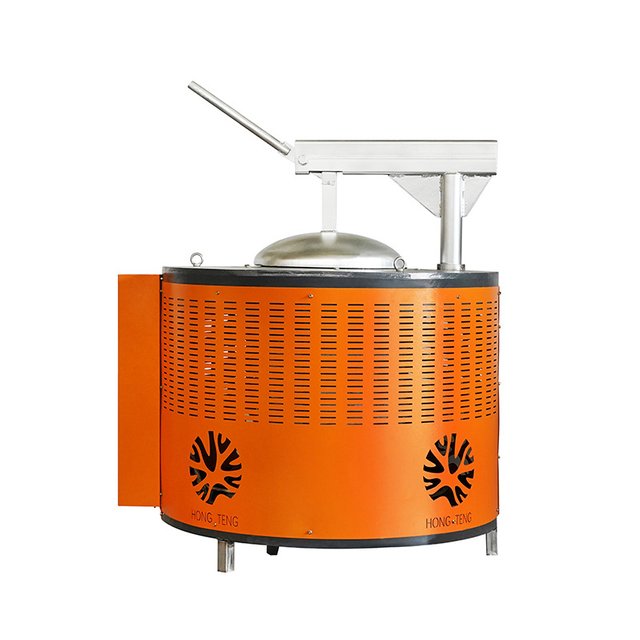Induction melting of aluminum
Melting metal forging is an important metal processing technology.

- Melting metal
- Purpose: Heat the metal raw material to liquid state to make it suitable for forging. Through smelting, impurities in the metal can be removed, the chemical composition can be adjusted, and uniform liquid metal can be obtained.
- Method: Common smelting methods include electric furnace smelting, gas furnace smelting, etc. Different metals and production requirements will choose different smelting equipment and process parameters.
- Forging
- Definition: A processing method that uses forging machinery to apply pressure to metal billets to cause plastic deformation to obtain forgings with certain mechanical properties, certain shapes and sizes.
- Process:
Heating: Pour the smelted liquid metal into the mold, cool it into a billet, and then heat it again to the appropriate forging temperature.
Forging operation: The billet is struck, extruded, and other operations are performed by forging hammers, presses, and other equipment to gradually change its shape.
Subsequent processing: Forgings after forging may require subsequent processing such as heat treatment and machining to improve their performance and precision. - Advantages
- Improve metal structure: Forging can refine the grains inside the metal and improve the strength, toughness and plasticity of the metal.
- Improve material properties: Through reasonable forging process, casting defects in the metal, such as shrinkage and looseness, can be eliminated, and the density and uniformity of the material can be improved.
- Produce complex shapes: Various parts with complex shapes can be forged as needed to meet different engineering needs.
- Precautions
- Control the melting temperature and time to avoid excessive oxidation and burning of the metal.
- Select appropriate forging equipment and process parameters to ensure the safety and quality of the forging process.
- Perform appropriate heat treatment and inspection on the forged parts to ensure that their performance meets the requirements.